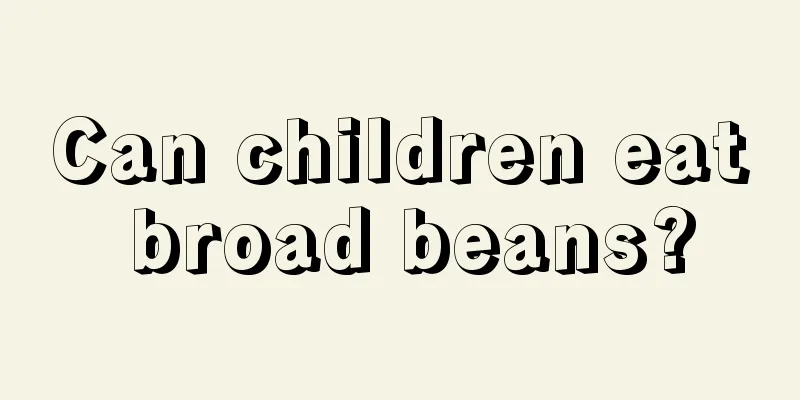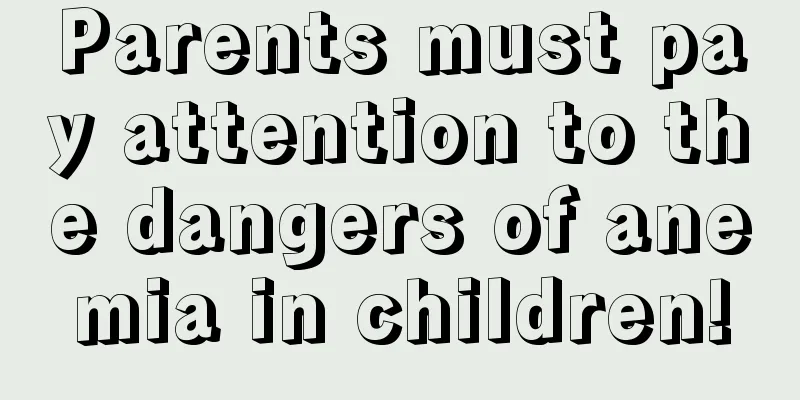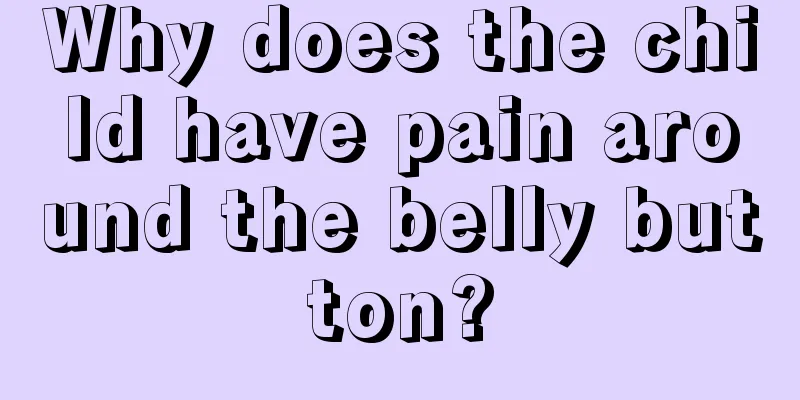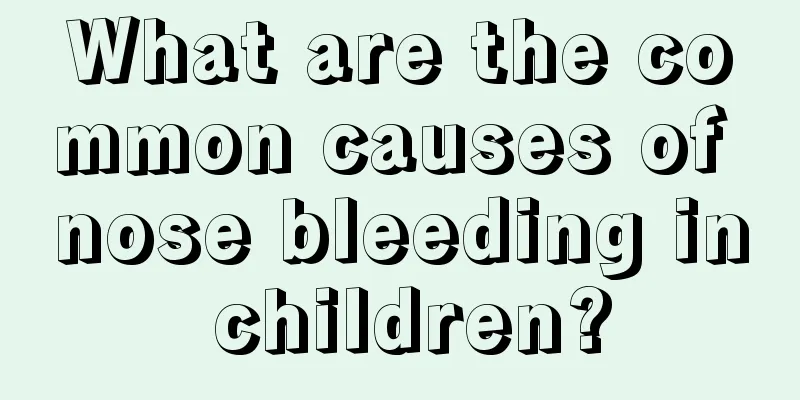Can children eat loofah?
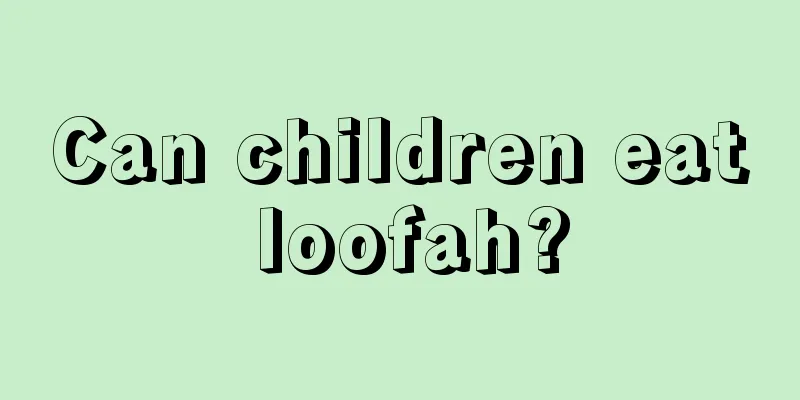
|
In summer, loofah is one of the more popular foods and is basically the most common food on the table. Luffa contains a lot of nutrients, which can supplement the human body while promoting health care. However, some people think that loofah is not suitable for babies to eat. After all, babies’ digestive ability is relatively poor, and they are afraid that babies will have diarrhea after eating it. So, can babies eat loofah? Babies can eat loofah. Loofah is green and tender, fragrant, crisp and sweet, and is a common vegetable in summer and autumn. The nutritional value of loofah is very high. It contains protein, fat, carbohydrates, crude fiber, calcium, phosphorus, iron, citrulline, riboflavin and other B vitamins, vitamin C, and saponins. Pharmacological experiments have confirmed that loofah seeds have a mild laxative effect. For babies with indigestion and constipation, eating loofah can lubricate the stomach and intestines and help defecation. Loofah seeds can also be used clinically to expel roundworms and can effectively prevent some parasitic diseases. Luffa also has a good effect in reducing phlegm. Babies often have a lot of phlegm due to excessive diet or colds and coughs. They can often drink luffa soup to reduce heat and eliminate phlegm. Because of the hot summer weather, the baby suffers from heat in the blood, fever and prickly heat on the head, face and body. If this happens, you can use loofah as a dish, or take the loofah juice orally, which can cool blood and detoxify, and relieve itching and remove prickly heat. According to old medical books, after a child develops shama, measles, and smallpox, loofah juice can be used as an internal medicine, and the loofah flesh can be rubbed all over the body to moisturize the skin and reduce dampness and heat rash. What are the benefits of eating loofah for babies Treatment of bacillary dysentery A type of bacterial dysentery that is very common in summer and autumn, and is also a common disease in young children. The most obvious symptoms of this disease are fever, chills, abdominal pain, diarrhea, and tenesmus, with sticky, pus-like and bloody stools. You can try washing the roots, stems and leaves of loofah, mashing them and squeezing out the juice to drink, which may help improve treatment. Treating allergic asthma This disease often occurs in infancy and is a relatively stubborn disease. Most children with asthma have allergic symptoms and allergic rhinitis, such as runny nose, sneezing, and tearing. You can use the loofah vine, wash it, mash it and squeeze out the juice, and apply it 3 times a day. Alternatively, you can also cut some small loofahs into pieces, put them in a pot and cook them until they are soft. This can help relieve asthma symptoms. Treat pharyngitis When a baby has a cold and pharyngitis, it is usually caused by a virus, but it can also be caused by bacteria. Chronic pharyngitis is mostly caused by long-term acute pharyngitis. You can wash the young loofah, mash it and squeeze out the juice, add an appropriate amount of white sugar, and drink it in moderation every day, which can help treat your baby's pharyngitis. |
<<: Can children drink bone soup to supplement calcium?
>>: Why does a child have a hot upper body and a cold lower body?
Recommend
What age is massage suitable for children?
Touching is a method of communication between mot...
How many days does it usually take for a child’s fever to subside?
For parents, the thing they care about most is th...
What is the reason why children have dark skin?
Children's skin is generally white and tender...
How to regulate children’s unstable emotions?
Emotional instability is usually manifested as be...
What is physiological jaundice in children?
Nowadays, many children will have symptoms of phy...
What to do if children sweat a lot on their heads
Sweating is a common physical manifestation in ch...
Children's nails have pits
Nails not only play a role in protecting fingers,...
How to treat bronchial asthma in children?
In autumn, children are prone to coughing when th...
Why does my child have breathing noises?
Many mothers are having babies for the first time...
Can a child swim if he has a cough?
Swimming is a very healthy sport. It not only all...
What to do if your child has a fever and leg pain
What to do when a young child has a fever and leg...
What to do if your child has yellow hair
Yellow hair makes a child look very unhealthy. If...
What should I do if I have a fever after taking the group A meningococcal vaccine?
Direct injection of group A meningococcal vaccine...
What to do if a child has a fever and diarrhea
Young children have low immunity and produce fewe...
What to do if your one-year-old baby has diarrhea
The body of a one-year-old baby is in the stage o...

